Majority of U.S. Workers Changing Jobs Are Seeing Real Wage Gains
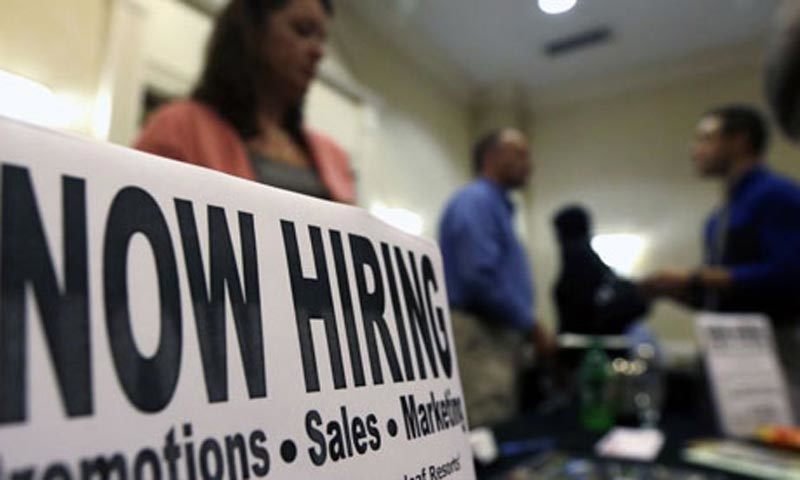
Roughly one-in-five workers say they are very or somewhat likely to look for a new job in the next six months, but only about a third of these workers think it would be easy to find one BY RAKESH KOCHHAR, KIM PARKER AND RUTH IGIELNIK Amid reports of the Great Resignation, Pew Research Center conducted this study to better understand […]
Despite ‘skills-based’ hiring push, employers overlook nontraditional candidates
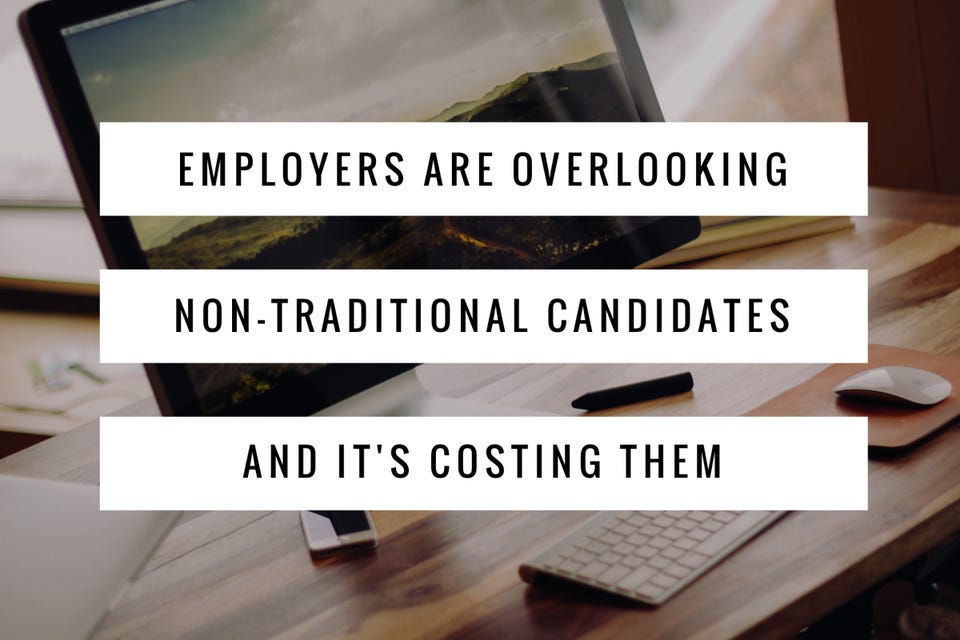
Recruiting tools and processes may fail to consider workers without a four-year degree, panelists said during a June 28 joint EEOC and OFCCP webinar. Ryan GoldenSenior Reporter Despite signs that employers are willing to prioritize skills over educational attainment when recruiting, candidates with nontraditional work backgrounds continue to be overlooked, according to panelists at a virtual […]
Diverse Audiences Driving OTT Usage & Viewing

By George Winslow Accounting for over 40% of homes consuming OTT content on CTVs, “diverse audiences represent a huge force and key driver of overall streaming growth,” Comscore said NEW YORK—New research from Comscore is highlighting a long-overlooked trend, namely the important role that diverse audiences from the African-American, Hispanic, Asian, and Native American communities are […]
SHOUTOUT LA – Meet Andre Ezeugwu | CEO | Media Director

By: SHOUTOUT LA We had the good fortune of connecting with Andre Ezeugwu and we’ve shared our conversation below. Hi Andre, can you share a quote or affirmation with us?When I think back to the inception of Ifodige Productions, n/k/a Ifodige Media, I had a favorite quote by Beverly Sills, “There are no shortcuts to […]
Corporate ads said Black Lives Matter. But the industry creating them is nearly all white.
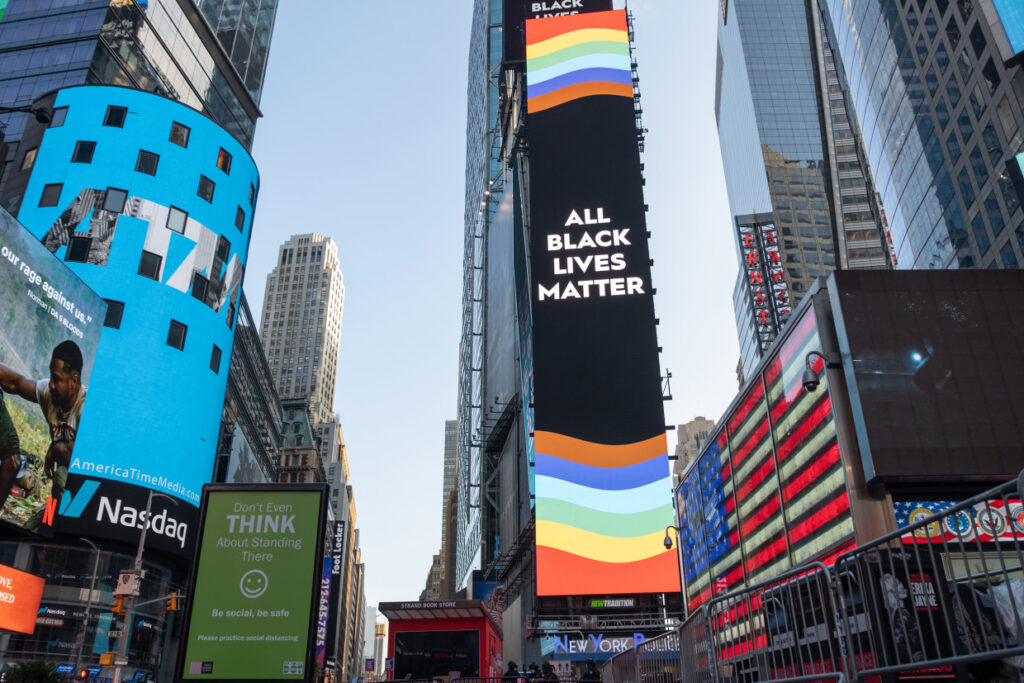
The stunning lack of diversity in the advertising industry goes back decades and those in power have done little to change it. It’s time for action. By Christopher Boulton, associate professor of communication, University of Tampa Advertising’s unique ability to persuade by creating the appearance of change through rhetoric, symbols and events has helped corporations and existing […]
What’s So Scary About Critical Race Theory?
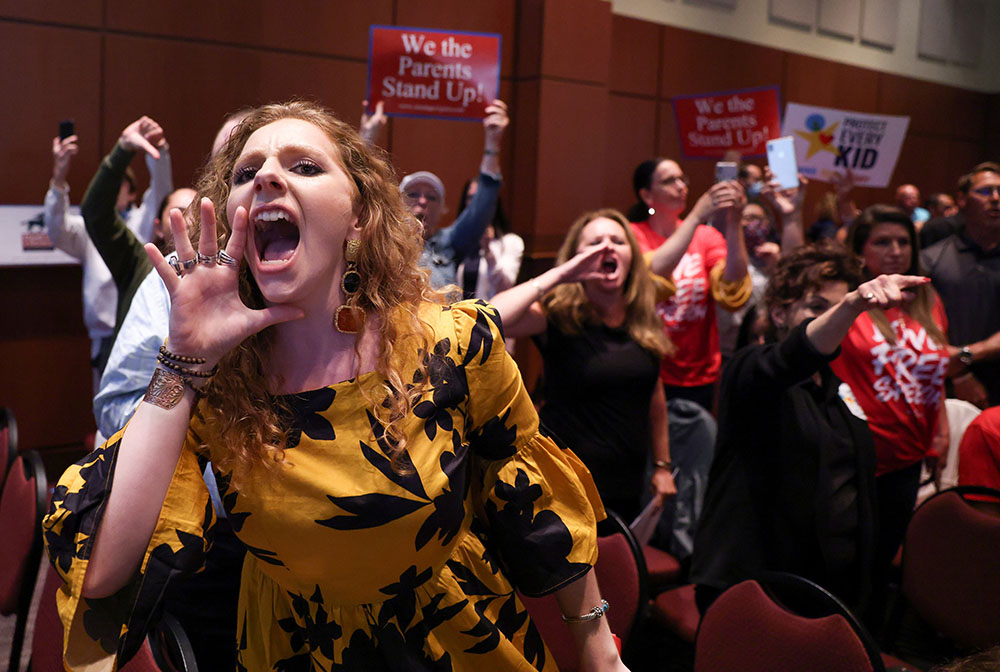
Critical race theory is an academic concept greater than 40 years old. The theory is centered on educating how race is a social construct, and that racism doesn’t originate in the individual, but rather has been embedded and fueled in our own legal system and policies. In the late 1970s and early 1980s, prominent CRT […]
The Man Behind The Book Witch Hunt

Imagine a society where government authorities seize schools and confiscate any books that they deem “inappropriate”. Sure this may seem like science fiction similar to the dystopian novel Fahrenheit 451 by Ray Bradbury where a fireman is employed to burn outlawed books, along with the houses they are hidden in. In the novel, the tyrannical […]
Nielsen: African Americans Consume More Media
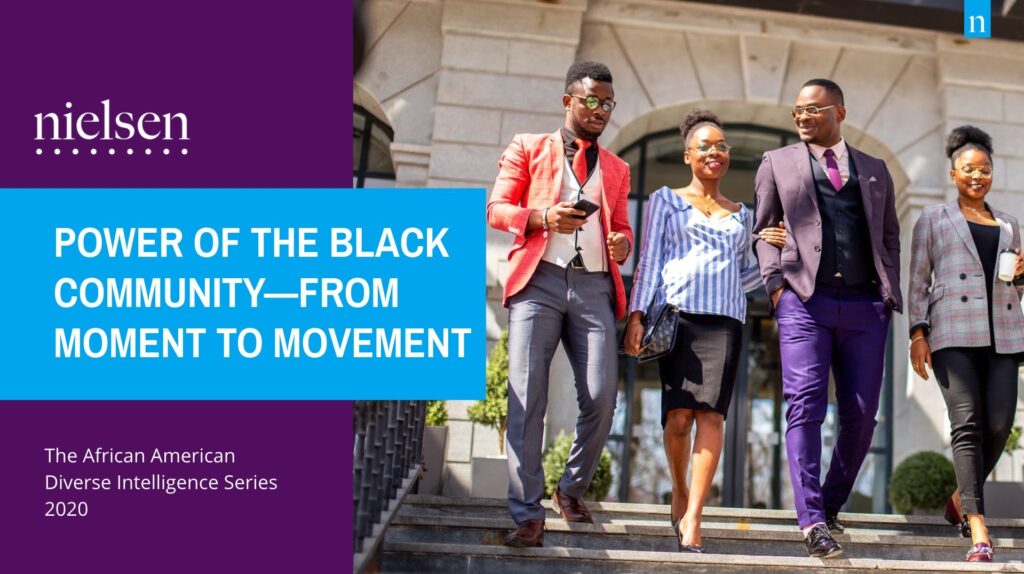
By Radio Ink -October 27, 2021 New data shows African Americans spend more time consuming media than any other group, yet there continues to be a lack of representation of the collective Black community. Nielsen’s 2021 African American Consumer Report explores the influence of Black Culture on content and media trends. “As the media industry looks to be more […]
National Coming Out Day

Did you know yesterday, October 11th was National Coming Out Day? For many young adults, coming out publicly can be one of the hardest life challenges. There is the constant worry, What will my mom, dad, brother, sister, grandparents, friends, teachers think or say? In an official White House Briefing Room release, President Joe Biden […]

